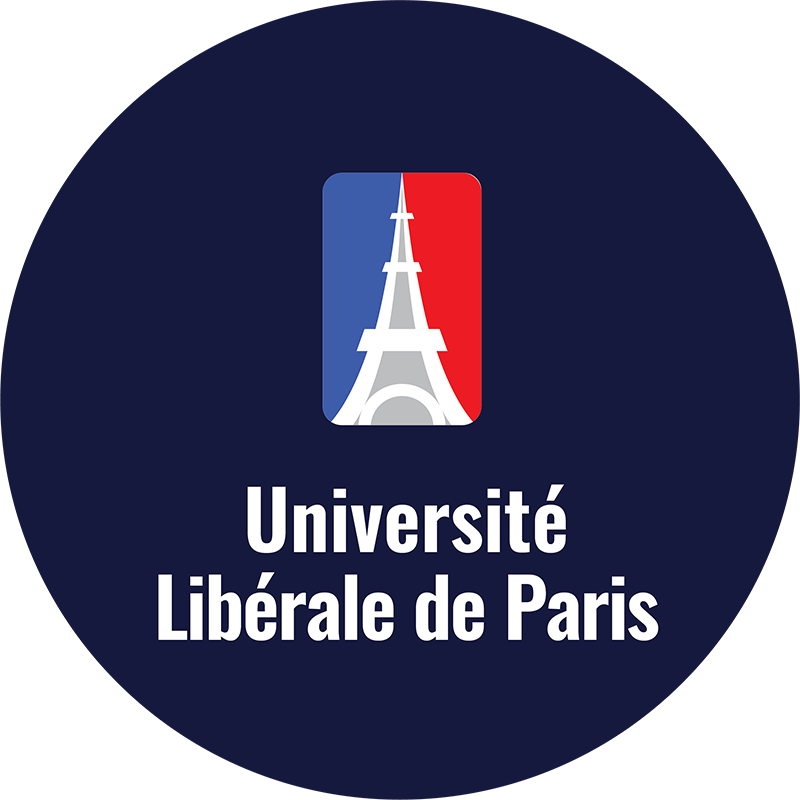Liberal arts educations and professional programs provide different experiences to students, and many debates have begun to indicate which program is the most advantageous in the long run. Therefore, choosing the right university that provides quality education is the most crucial consideration for all students, as this will impact their future career path afterwards.
In recent decades, the job market has been becoming more competitive, especially after the pandemic that caused the global economic crisis. Students and their parents alike are increasingly wary of spending money for a degree they believe will help them get better jobs.
The result is a shift in the academic world towards “professional” or “career-oriented” programs – paths that prepare students specifically for one field of work. This article demonstrates the differences in terms of the advantages of the two types of education.
Table of Contents
ToggleUnderstanding Liberal Arts Education
A liberal arts education emphasizes dynamism and diversity. It includes instruction in broad, central disciplines such as history, math, science, and language. It focuses on developing skills like critical analysis, problem solving, organizational skills and effective written and oral communication.

Liberal Arts Education tends to concentrate on the dynamics of critical thinking in the learning process.
Rather than specialization in a sole field or skill set, your undergraduate experience at a liberal arts college or university features general education requirements that will include exposure to a wide range of topics beyond what’s directly relevant to your principal.
Proponents of liberal arts education claim that the broad base of knowledge instilled in all students allows them to be successful in their specific line of work and have a comprehensive understanding of the world around them.
For further advantages of Liberal Arts Education, you can read here.
Understanding Professional Education
A professional education, on the other hand, seeks to educate students in one specific case and prepare them directly for entrance into the professional world. Any pre-med, nursing, engineering, business, or other similarly specialized program is an example of professional, career-oriented, or vocational education.

Students seek to educate in one specific case, which prepares them directly for professional education.
Unlike liberal arts education, professional education focuses less on developing a broad range of knowledge, and instruction is oriented only towards the skills necessary to succeed in that field.
The purported advantages of professional education are that it better prepares students to enter the workforce, arms students with practical skills essential for success, and offers more stable, high-paying employment prospects straight out of college.
The Differences between Liberal Arts Education and Professional Education
There are several differences between professional and liberal arts education, and students must identify and consider the most suitable. Below are several notable differences for students regarding information that undergraduates can notice.

There are several differences between liberal arts and professional education.
The Approach Differs From Liberal Arts Educations and Professional Education
Liberal arts education tends to place more emphasis on undergraduate education and offers a more traditional, broad, and general knowledge. They award most of their degrees in the liberal arts disciplines, including social sciences, natural sciences, humanities and arts.
Professional education generally consists of graduate schools – regarding engineering, law, business, medicine and undergraduate programs. This education approach may be better for students interested in technical degrees with a career focus on engineering, computer science or accounting.

Liberal arts education tends to place more emphasis on undergraduates.
The Number Of Courses In The Learning Process
Liberal arts education requires students to take various courses to give them exposure to a range of liberal arts studies with a broader knowledge base. They generally focus on something other than career-related classes as heavily as professional education.
On the other hand, professional education focuses on each student’s major with relatively fewer general core requirements. Professional education offers classes more tailored to each student’s specific career needs, especially those who want to pursue a technical career path.

Professional education focuses on a student’s majors with relatively fewer general core requirements.
In other situations, some universities are even beginning to pioneer methods of education that incorporate aspects of both systems to best prepare the next generation of students to enter the workforce. Students can even study professional or liberal arts education based on their chosen majors.
The Skill Set Students Can Achieve
Classes in liberal arts are designed to develop critical thinking, problem-solving, communication, and teamwork skills which employers seek in potential employees. The value of these skills is their broad applicability and ability to adapt to the world’s evolving technological and economic state.
In contrast to the liberal arts, professional education concentrates solely on the abilities required for success in a specific sector. Professional education aims to educate students on a particular subject and prepare them for entry into the industry professionally. The skill sets are distinctive due to the chosen major required when applying for a future job.

Classes in liberal arts are designed to develop critical thinking, problem-solving, etc.
Conclusion
In comparing liberal art or professional education, it’s impossible to say one is definitively better than the other. Both systems have their strengths and weaknesses. While some disciplines are favoured by a liberal arts system, such as English and history, others require at least some degree of professional schooling, especially pre-med, nursing, and engineering.
If students enjoy thinking about complex issues, developing themselves beyond academics and pursuing a graduate degree, then a liberal art education could be a perfect fit for you. On the other hand, pursuing a degree in professional education is recommended if students are more focused on professional development and career prospects.
References
Liberal Arts vs. Professional Education: Which is Better? (2016, January 18). CollegeVine.
Université Libérale de Paris is proud to be the first university in France in liberal arts education application. There are a variety of courses for post-graduates for consideration.
For a free consultation, you can contact us through the below.




